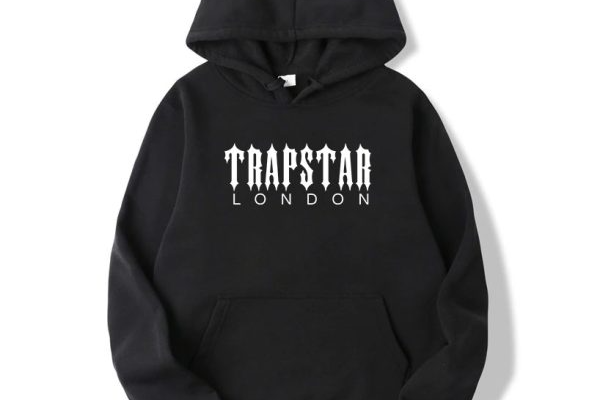Trapstar London is something beyond a dress brand; a social development has encapsulated streetwear with credibility and edge. Established in West London in 2008 by cherished, lifelong companions Mikey, Lee, and Will, Trapstar began as an underground, Do-It-Yourself name that mirrored the dirty and defiant energy of the UK’s metropolitan scene. Throughout the long term, the brand has developed to turn into a worldwide symbol, addressing style as well as a way of life that resounds with hip-jump culture, music, and road workmanship.
Table of Contents
Origins and Early Influences
The name “Trapstar” mirrors the duality of the brand’s ethos: “trap” alludes to being caught in a tough spot, frequently connected with the difficulties looked in ghetto life, while “star” addresses the desire of transcending misfortune. This mix of battle and aspiration is at the core of Trapstar’s character.
Right off the bat, Trapstar’s pioneers kept away from conventional retail models. All things being equal, they advanced their plans through informal, spring up shops, and by interfacing with underground music scenes. They tried not uncovering their appearances, making a demeanor of secret around the brand that additional to its charm. This approach assisted them with developing a natural following, with big names and performers, like Rihanna, Jay-Z, and A$AP Rough, later supporting the brand.
The Design Aesthetic
Trapstar’s plan stylish is described by strong illustrations, military-propelled themes, and an unmistakable, defiant style that draws from London’s road culture. The brand frequently utilizes dim, muffled variety ranges — blacks, grays, and reds overwhelm numerous assortments — giving the garments a coarse, metropolitan feel. Signature pieces like their notorious logo tees, camo coats, and puffer coats have become staples in streetwear style.
In numerous ways, the brand typifies the combination of English road culture with worldwide impacts, getting components from punk, hip-bounce, and grime music, all of which illuminate the look and feel regarding their assortments. Trapstar frequently plays with imagery in its plans, utilizing themes like veils, security fencing, and mysterious trademarks to reflect subjects of obstruction and disruption.
The Music Connection
From its initiation, Trapstar has been profoundly associated with music. The originators, being submerged in London’s metropolitan music scene, normally adjusted their image to specialists from grime, UK rap, and hip-bounce. This association helped support Trapstar’s perceivability as the dress turned into an image of credibility inside the music world.
In 2014, the brand took a significant jump when it grabbed the eye of Jay-Z, who in the end brought Trapstar into his Roc Country overlay. This association extended Trapstar’s venture into the U.S. also, hardened its put on the global stage. The brand turned into a number one among American rappers and craftsmen, further obscuring the lines among style and music.
Collaborations and Expansion
Trapstar has worked together with significant brands like Panther and Nike, as well as craftsmen and fashioners from different innovative fields. These associations have permitted the brand to advance and push its limits while remaining consistent with its underlying foundations. For instance, their coordinated efforts with Jaguar on case assortments welcomed new takes on exemplary streetwear outlines, joining Panther’s active apparel legacy with Trapstar’s restless road style.
Notwithstanding these joint efforts, Trapstar has kept areas of strength for an at spring up occasions and design shows all over the planet, bringing the brand’s special London edge to new business sectors.
Cultural Impact and Legacy
Trapstar London addresses something beyond attire. It’s an image of hustle, imagination, and the capacity to ascend from testing conditions. The brand’s originators have consistently accentuated the significance of remaining consistent with their beginnings and the local area that upheld them all along. Trapstar keeps on moving youthful creatives, performers, and style devotees who see themselves in the brand’s story.
The worldwide streetwear scene has seen many brands come and go, however Trapstar’s backbone is a demonstration of its valid association with culture and its refusal to adjust to standard patterns. By remaining underground yet becoming worldwide, Trapstar has re-imagined being a streetwear brand in the 21st 100 years.
Conclusion
Trapstar London’s excursion from the roads of West London to global distinction is an account of enthusiasm, determination, and social importance. By keeping its finger on the beat of music, craftsmanship, and road culture, the brand has fabricated a dependable following that rises above design alone. As it keeps on developing, Trapstar stays a brilliant illustration of how genuineness and inventiveness can transform a grassroots development into a worldwide peculiarity.




